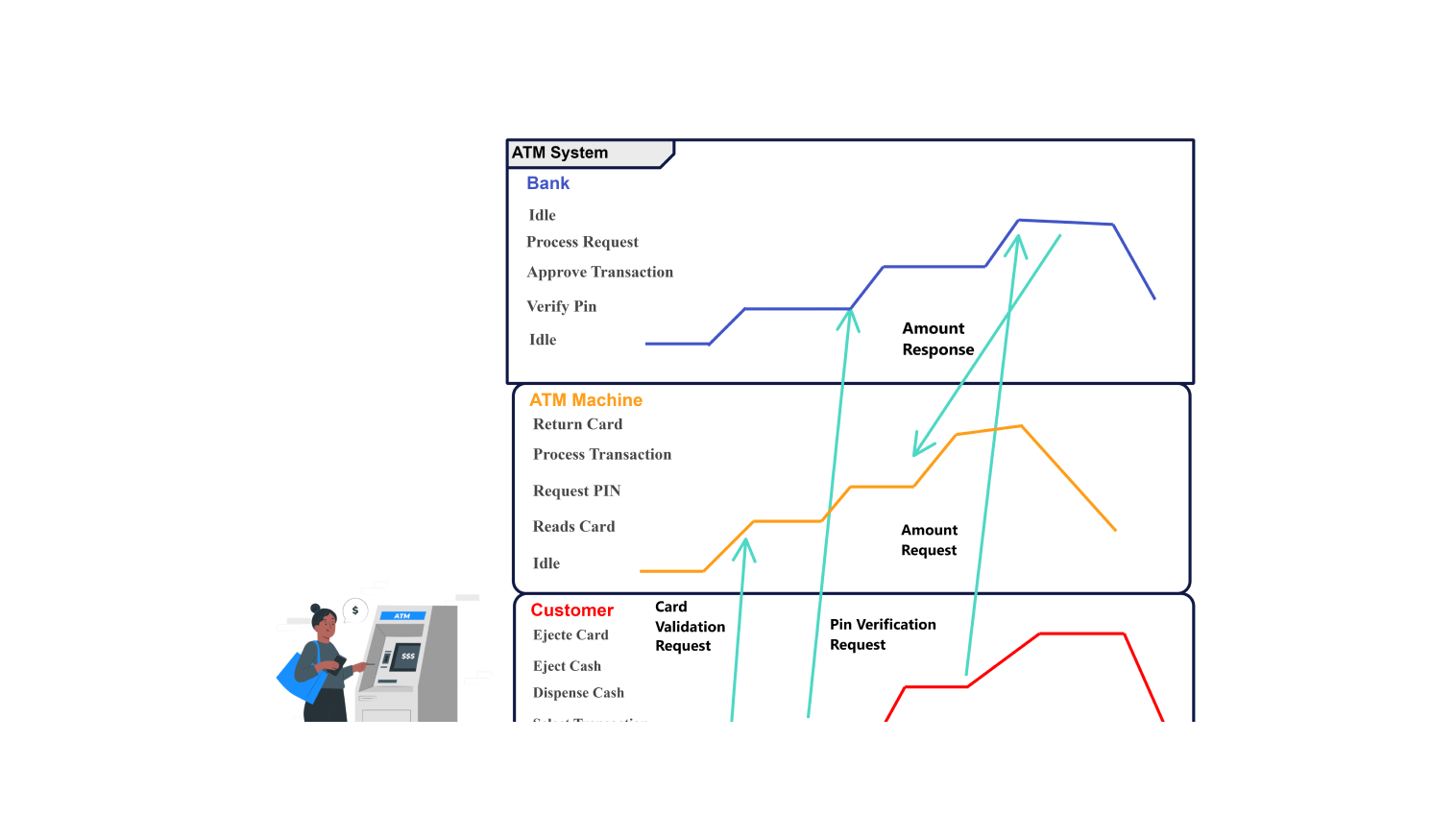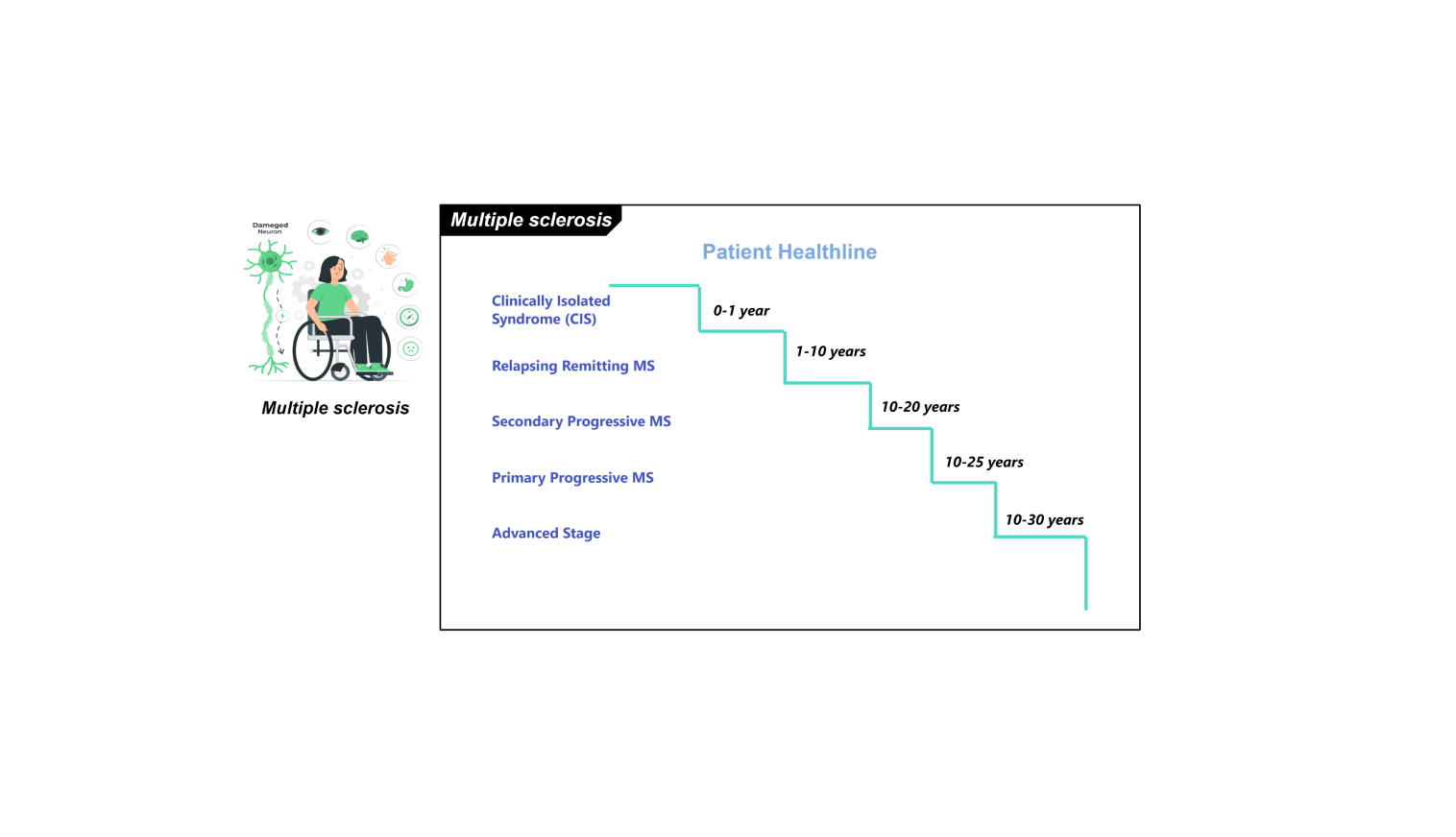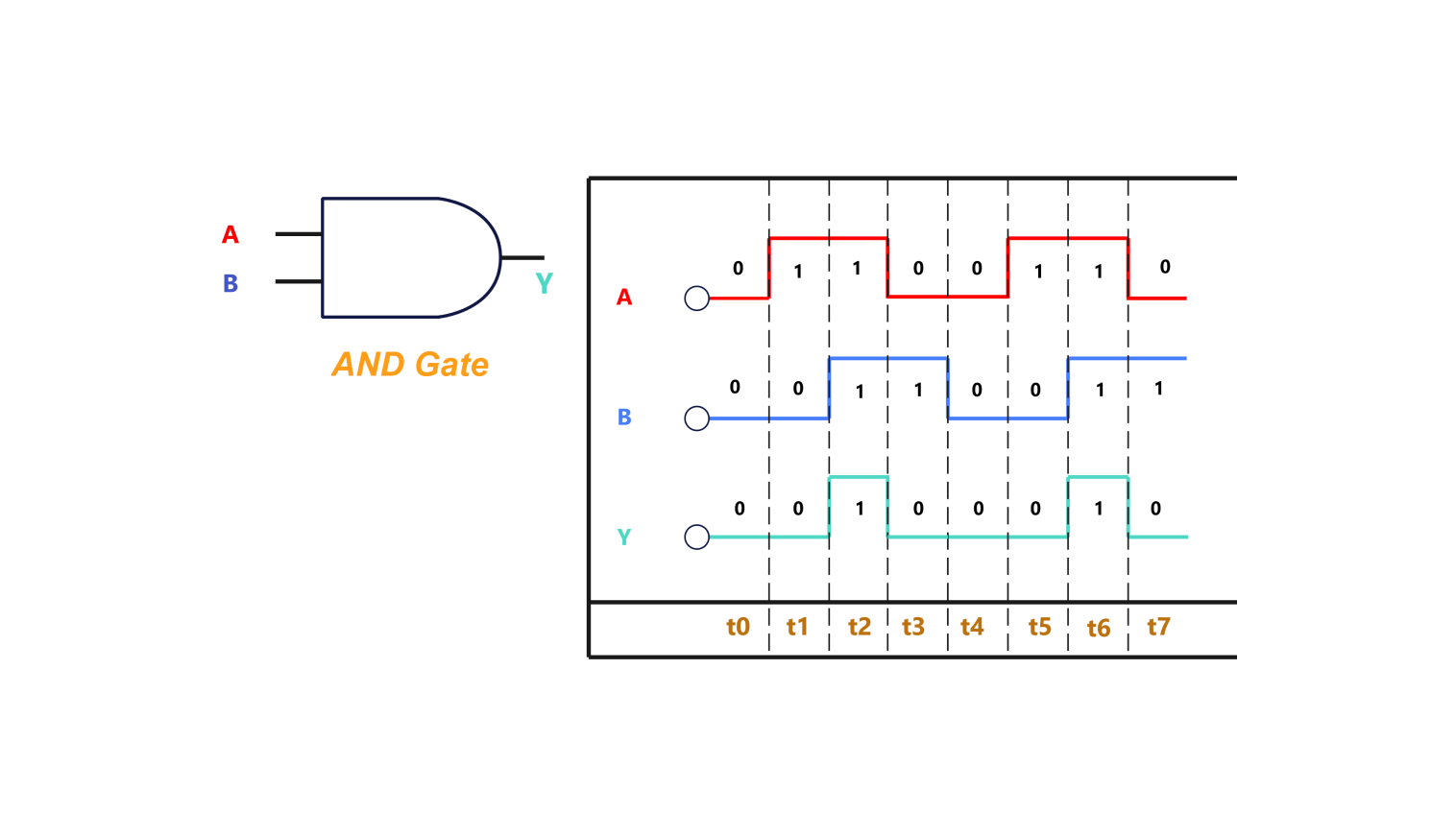- Templates
- Timing diagram templates
- Timing diagram for elevator system
About the timing diagram example
The template provides a clear visual representation of the operational sequences in an elevator system. It includes key events such as call button activation, door opening and closing, floor selection, and elevator movement between floors. This template helps in understanding the timing and coordination required for efficient elevator operation.
This template is a valuable resource for building managers, maintenance teams, and system designers. By illustrating the operational flow in a structured manner, it supports the identification of potential inefficiencies and enhances communication among stakeholders involved in elevator system management.
How to use the timing diagram template
Open the template and modify actors (e.g., passengers, elevator controller) and processes (e.g., door operations, floor selection) to fit your elevator system scenario. Adjust elements using the editor.
Adjust the timing and sequence of events to match your elevator system's operation. Modify labels and connections to ensure accurate representation.
Review your timing diagram to ensure all interactions, timings, and sequences are accurate. Make necessary adjustments for clarity.
Export the finalized diagram in your preferred format (SVG, PPTX, PDF, or JPG) for easy sharing.
Share the completed diagram with stakeholders, team members, or maintenance personnel to facilitate discussions and documentation.
Why one should use the timing diagram template?
Using this template provides a structured way to visualize and understand the timing and sequence of events in elevator operations. It helps break down complex operational processes into clear, manageable steps, enhancing communication among maintenance teams and stakeholders.
This template supports accurate tracking of operational events, aids in identifying potential issues, and ensures all aspects of elevator operation are accounted for. By using this template, organizations can streamline the documentation process, improve clarity, and support effective system analysis and maintenance.
FAQs about the timing diagram of elevator system
-
What is a timing diagram in the context of an elevator system?
A timing diagram in the context of an elevator system illustrates the chronological sequence of operational events, showing how different processes interact over time.
-
How detailed should a timing diagram for an elevator system be?
The diagram should be detailed enough to cover all essential events and transitions but not overly complex. It should clearly depict the timing and flow to ensure comprehensibility.
-
Can this timing diagram template be customized for different types of elevator systems?
Yes, the template can be customized to fit various types of elevator systems by adjusting the actors and operational processes accordingly.
-
What are common pitfalls to avoid when creating a timing diagram for an elevator system?
Common pitfalls include overcomplicating the diagram with too much detail, omitting key processes, and not validating the diagram with relevant stakeholders. Ensuring simplicity, completeness, and stakeholder review can help avoid these issues.
-
How can a timing diagram help in improving the management of an elevator system?
A timing diagram helps improve the management of an elevator system by providing a clear visual representation of operational events. It aids in identifying potential issues, ensuring all processes are accounted for, and facilitating better communication among maintenance and management teams.
Related templates
Get started with EdrawMax today
Create 210 types of diagrams online for free.
Draw a diagram free Draw a diagram free Draw a diagram free Draw a diagram free Draw a diagram free


